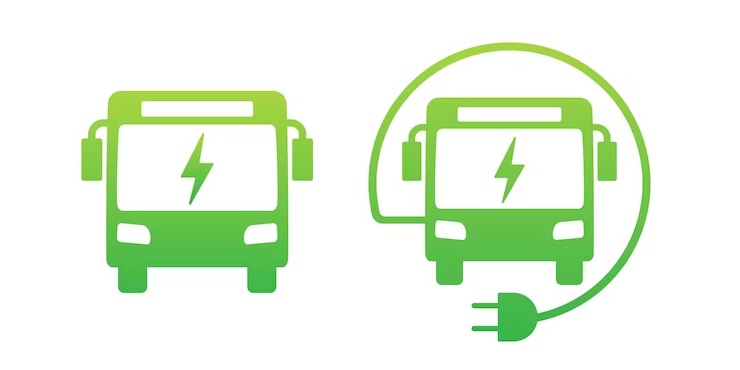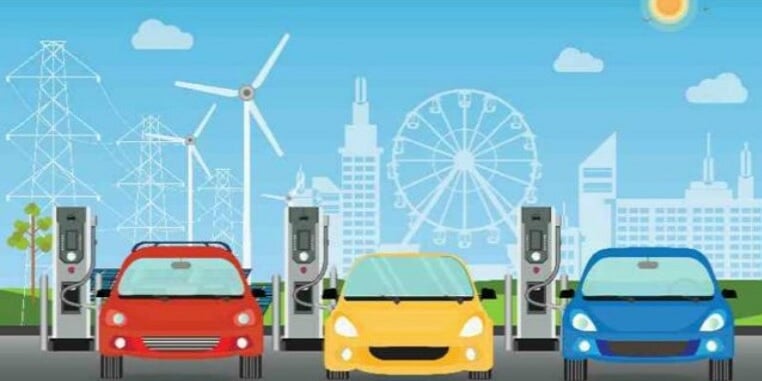Fleet electrification planning eases concerns over transitioning to EVs

Fleet managers and procurement teams are being asked to meet aggressive deadlines to meet fleet electrification mandates.
Transitioning to EVs provides several key benefits, including:
- Reducing greenhouse gas emissions
- Helping to meet sustainability targets
- Lowering operating costs
- Simplifying maintenance
There are also significant barriers that must be overcome, including:
- Budgetary constraints
- Viability
- Charging infrastructure
- Permitting and regulatory environment
- Public acceptance
The process can be frustrating without strategic fleet electrification planning. Careful planning can ease concerns and streamline deployment.
Fleet electrification planning
The Federal Emergency Planning Management Program recommends that fleet managers follow a seven-step process for electrification planning.
Step 1: Identify and coordinate the team
The first critical step in planning for fleet electrification is assembling a team of key stakeholders. It should be a cross-functional team, responsible for supporting your electrification goals.
Strong collaboration between team members is essential, so you’ll need to clearly define roles and responsibilities, maintain open and frequent communication, and track progress. Typically, the site's “champion” leads this process. This person is often the location's fleet manager but could hold another position. The site champion:
- Identifies the key electrification stakeholders to ensure engagement across all involved parties
- Coordinates education and training of team members on EVs and charging infrastructure
- Serves as the main point of contact between the site and headquarters electrification managers
Step 2: Review training materials
A critical component in developing and executing a fleet electrification strategy is ensuring that all key stakeholders understand EVs and charging infrastructure. The fleet electrification champion is responsible for coordinating education and training for the electrification team. This provides a foundation for:
- Different types of EVs, charging infrastructure, and accessories
- Benefits of transitioning to ZEVs for the fleet
- Recommended training materials tailored to each stakeholder's role
- Options for funding and procurement
Proper education creates buy-in and support for electrification goals across the organization.
Step 3: Review requirements, goals, and data
A vital part of developing an electrification strategy is understanding fleet sustainability requirements and how EVs can help meet or exceed them.
Key areas to review include:
- Governmental fleet mandates: EV acquisition targets for fleets
- Sustainability goals: Department-level targets for reducing emissions and petroleum use
- Reporting procedures: Collecting and submitting accurate data on fleet composition and usage
Step 4: Align strategy with site planning
Before moving forward with site-specific electrification initiatives, the team must understand the agency's overall plan to hit fleet sustainability targets.
This step should include an evaluation of:
- Integration of electrification with other fleet sustainability measures
- Prioritization of locations for EV and charging station deployment based on suitability factors
- Compliance with mandates within resource constraints
Aligning site plans with the broader strategy ensures that electrification actions meet mandated acquisition goals. With a firm understanding of the overall plan, the team can now begin developing its transition timeline and targets.
Step 5: Identify EV opportunities
The next stage involves identifying specific electrification opportunities. This entails determining which vehicles can transition to EVs and what charging infrastructure is needed to support them. Steps include:
- Analyzing the mission and usage of existing vehicles
- Determining which vehicles can be replaced by EVs based on needs
- Confirming that sites have capacity and plans for necessary charging infrastructure
Step 6: Identify EV charging opportunities
With a list of potential opportunities for vehicles and infrastructure, the next step is determining priorities for building your timeline. This requires:
- Evaluating the costs, benefits, and feasibility of each opportunity
- Determining the optimal sequencing based on needs, EV model availability, and charging requirements
- Developing a phased plan that aligns with your strategic targets
Step 7: Coordinate site financial planning
Even with aggressive mandates, there may be significant budgetary constraints in building out your charging infrastructure and buying EVs. The final step is aligning the electrification plan with financial resources. Phased procurement and roll-out are recommended to ease budgetary constraints, such as transitioning to EVs at vehicle retirement.
The team needs to evaluate available budgets and funding sources, such as federal or state incentives. Potential savings from reduced fuel and maintenance should also be taken into account when presenting budget requests.
Planning eases concerns
Fleet electrification planning can reduce concerns for all of the stakeholders in your process and approval workflow. Planning demonstrates due diligence and lays out a process for accountability. A careful, measured approach helps create buy-in and commitment.
You can streamline the adoption process by right-sizing fleet vehicles to use and reducing regulatory hurdles. Structured phasing can help reduce budgetary concerns. However, fleet managers and procurement teams need to act. If planning hasn't already started, it needs to begin in earnest now. If everyone waits, federal, state, and local mandates for zero-emission fleets will tax manufacturers, utility companies, and private companies.
Sourcewell helps accelerate fleet electrification planning and procurement
Competitively sourced, cooperative contracts reduce costs for EVs, charging infrastructure, accessories, and services. By leveraging the bulk buying power of 50,000 government entities and educational institutions, Sourcewell’s ready-to-use contracts can accelerate procurement and save you money.
See how easy it is to get the EV fleet you need without the hassle, using Sourcewell’s cooperative purchasing program. Streamline the public procurement process by choosing from hundreds of suppliers already on contract. Sourcewell’s procurement experts competitively solicit and award contracts on behalf of 50,000 participating agencies in North America. Check out our EV contracts and more for free here.


